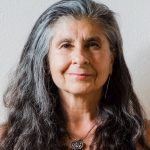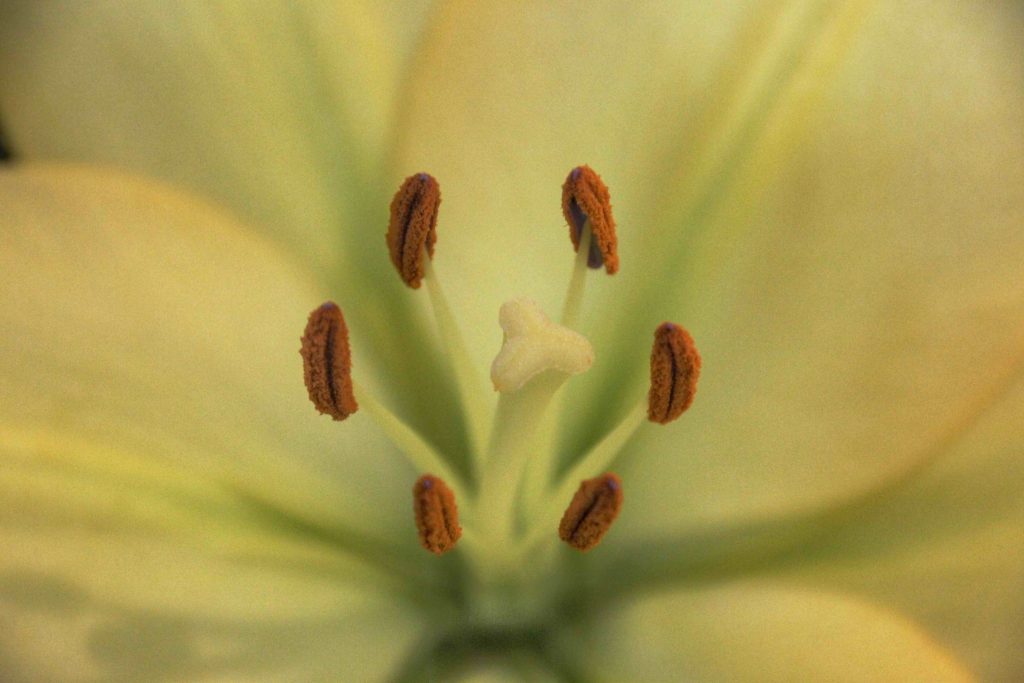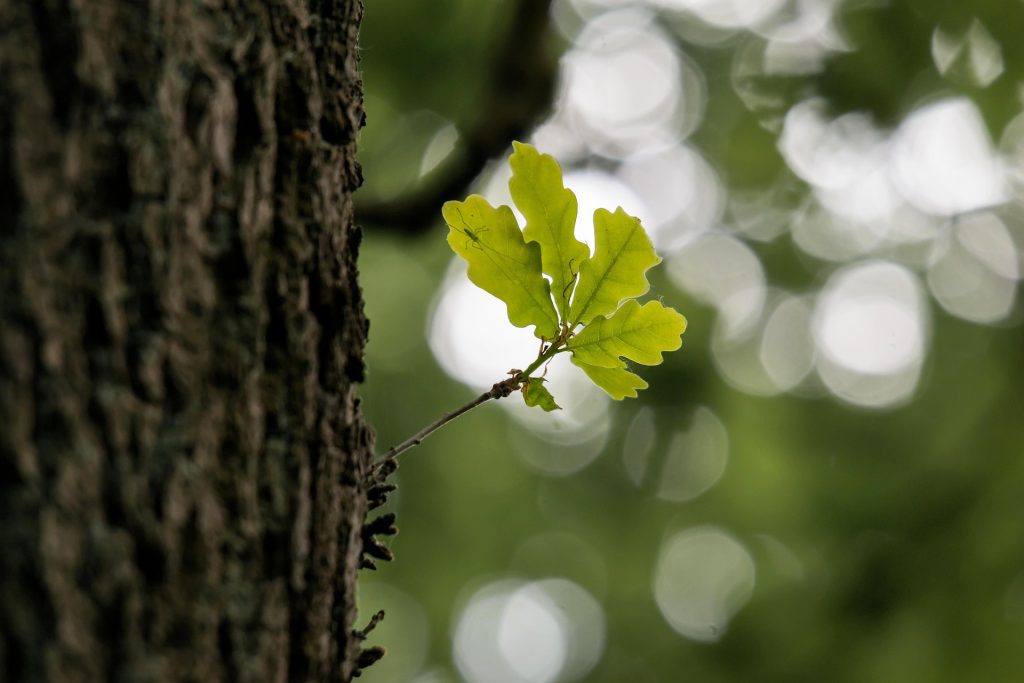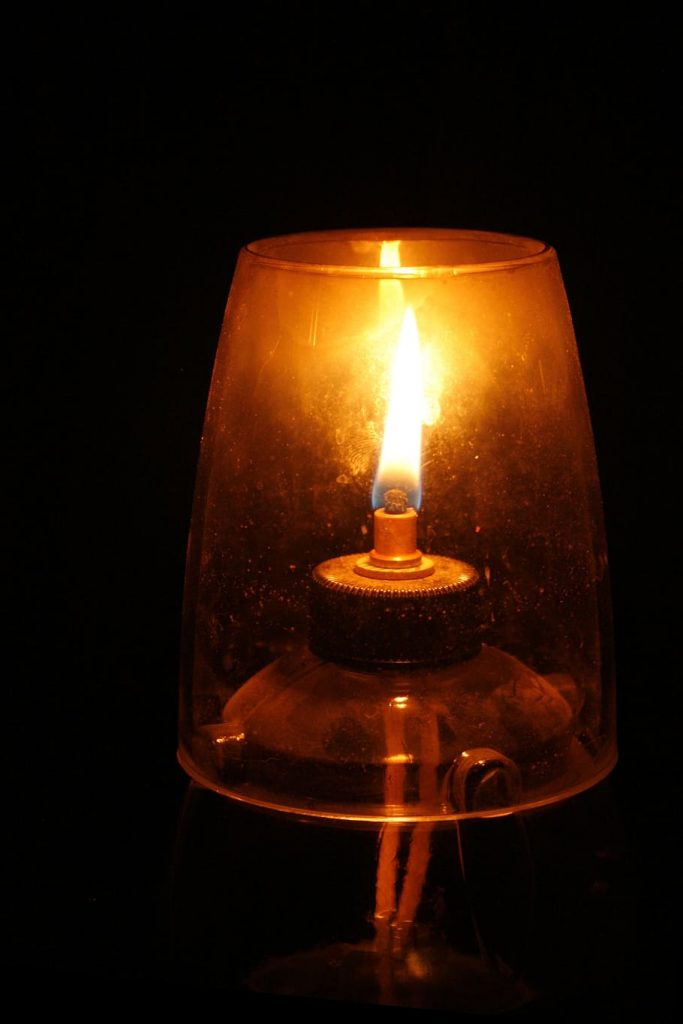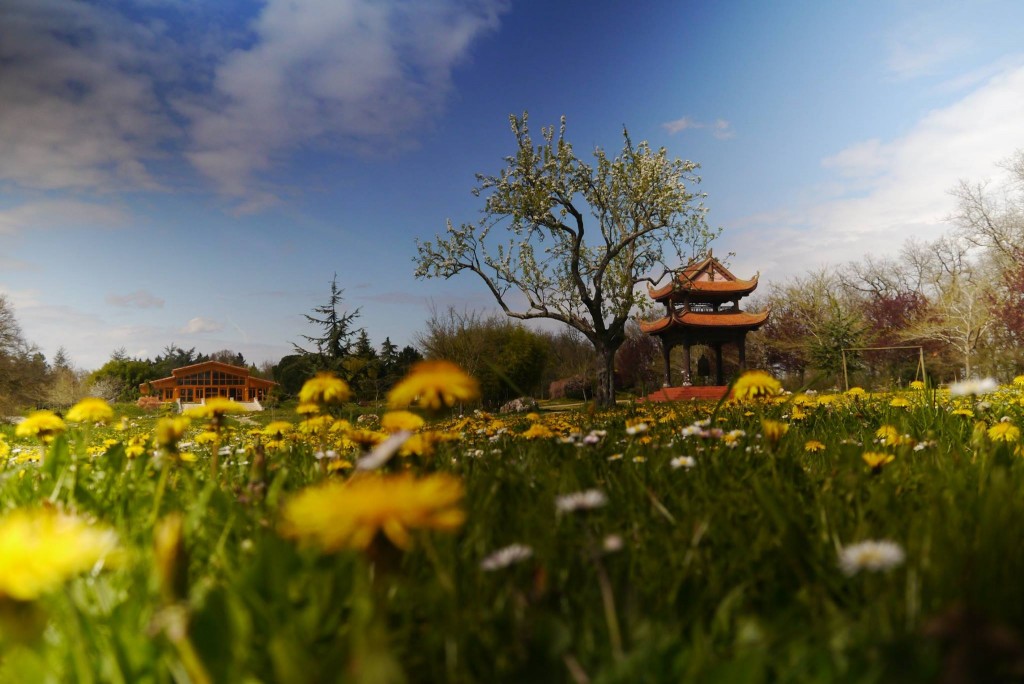Our Animal Bodies and the Unitive State
If you study animals, you see that, for the most part, they are very relaxed. Think of a cow lying in a field, looking out into space. Her mind seems open and resting in the present moment, not preoccupied with past and future thoughts—looking out without seeming to focus on anything in particular. Cows are great meditators!
Even in the wild, even when hunting, hunted, or hungry, most animals are not whipping themselves into a neurological frenzy or stuck in some mental-emotional bog. They are calm enough to bring their whole being into alertness. This open, relaxed alertness, which we could also simply call awareness, is the basis of what we humans, whether two hundred thousand years ago or today, experience as meditation.
Hunting and gathering humans still exist on our planet in remote parts of Africa, Indonesia, and the Amazon. They are creative and intelligent, and they still embody this relaxed openness. Sitting quietly, they easily slip into meditative states. Of course, this stillness is punctuated by all sorts of activity and emotionality, but it seems that quietude is a baseline with which we “civilized” humans have lost touch.
Within this relaxed, open state, there is connectedness. Hunters and gatherers are deeply embedded in their world, at one with it. Whether we conceive of this as union with the spirits, God, the great spirit, the earth, or compassionate awareness, the neurophysiological state is the same. There is a family of related and overlapping states that we could call unitive. We experience these as a vast continuity. People in the unitive state still feel conscious of themselves to greater or lesser degrees. On the “lesser” end of the spectrum, we can experience states such as trances or deep meditative absorption. When we are more conscious of ourselves while in the unitive state, however, we experience ourselves as centered within “all that is.” This means when we are not busy maintaining awareness of ourselves as separate from all that is, then there is just a field of awareness, love, continuity—without a center or fringe.
In industrialized, technological cultures, most of us have lost this deep sense of unity. Some of us devote ourselves to rediscovering it through meditation, contemplation, prayer, devotion, nature, and community. The following is a part of a message from a culture still rooted in the unitive state, the Kogi people. The Kogi live in the Sierra Nevada in Santa Marta in Colombia. They write here to the rest of humanity, calling to us as their younger brothers:
From the Heart of the World: The Elder Brothers Warning
The Great Mother created the world in water. She makes the future in it. This is how she speaks to us.
We look after nature. We are the mámas and do this here.
And we mámas see that you are killing it by what you do.
We can no longer repair the world. You must. You are uprooting the earth.
And we are divining to discover how to teach you to stop.1
Though the Kogi are not purely hunters and gatherers, they are still living embedded in nature, as we all did for such a long period of time. Only in these last few thousand years have we created a serious rupture between ourselves and nature. The Kogi are calling on us, the younger brothers, to wake up to the havoc we are reaping on our mother earth. When we lose contact with the unitive state, we don’t notice that we are doing harm. We don’t notice the rupture, but we identify with the results. We feel forsaken by God. Many of us feel like isolated little people within a big universe. Or worse, we are obsessed with our own self-importance, ignoring all else. We become trapped in our egos, without a direct link to others. At this point, compassion becomes a mental exercise at best or is forgotten at worst.
Ten thousand years ago, humans began to settle in permanent dwellings. As cultural momentum surged, we became less connected to nature and probably more confused as to our place in the world. Organized, institutional religions emerged about three thousand years ago. Was their emergence at least partly in response to the rupture of connection, an attempt to repair it? Are religion and spirituality attempts to reconnect to our birthright, our ability to rest in meditative and unitive states?
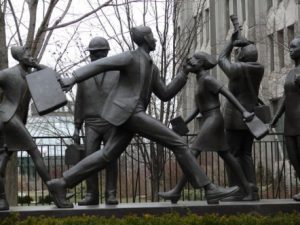 Modern life is terribly stimulating and fast-paced. At times, it rides us like a mad demon. We are bombarded and distracted away from spiritual states. Yet, though we may be largely unaware of it, the drive toward spirituality is deep and innate within our physiology. It is a drive toward coming home. It doesn’t go away, it just becomes obscured. We find ourselves avoiding meditation, religion, prayer, yoga—anything that might lead us back to it. Our nervous systems don’t want us to let our guard down, to shift gears into a more open state.
Modern life is terribly stimulating and fast-paced. At times, it rides us like a mad demon. We are bombarded and distracted away from spiritual states. Yet, though we may be largely unaware of it, the drive toward spirituality is deep and innate within our physiology. It is a drive toward coming home. It doesn’t go away, it just becomes obscured. We find ourselves avoiding meditation, religion, prayer, yoga—anything that might lead us back to it. Our nervous systems don’t want us to let our guard down, to shift gears into a more open state.
Our nervous systems are in large part protective defense structures, committed to maintaining homeostasis. If they have been functioning safely within a narrow scope of awareness, then they have to be seduced into opening outward. Once we have a taste of a larger consciousness, then we have to ascertain that it is safe.
However, despite this resistance, most people have moments when they stumble into the sacred world. Whether it is cresting a mountain, making love, flying a plane, holding a baby—most of us have moments where everything opens up. There’s a stillness, a presence, a luminosity. Our hearts open. We feel full, and we let go of our striving. We are content; we are at one with our world. Yet if we leave such experiences to chance, if we fail to appreciate, study, cultivate, and practice them, then it is all too likely that they will become fleeting in our lives as we get more and more habituated to the disembodied norms of modern life.
Thankfully there is an ancient, tried-and-tested method for learning this fluency—the practice of mindfulness of the body. I teach this practice in an adapted form, encouraging more movement and expression than is traditional in many spiritual contexts. This practice manifests the spiral quality of the steps of embodied spirituality: out of the aspiration to open our hearts, we may commit to a practice of mindfully feeling our bodies; and as we move more fully into feeling our bodies, we begin to trust our bodies to express themselves more. This is the step of allowing. As we allow the sensations in our bodies to express themselves more fully, we may find that our hearts have begun to open of their own accord. At each stage, our connections with ourselves and the rest of the world deepen and blossom.
Reference
[1] Eric Lee, “From the Heart of the World: The Elder Brothers’ Warning,” May 21, 2016. www.sustainable.soltechdesigns.com/elder-brothers-warning.html.
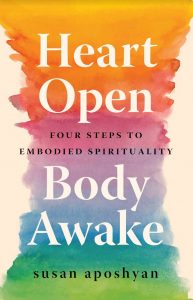
From Heart Open, Body Awake: Four Steps to Embodied Spirituality by Susan Aposhyan © 2021 by Susan Aposhyan. Reprinted in arrangement with Shambhala Publications, Inc. Boulder, CO. www.shambhala.com


